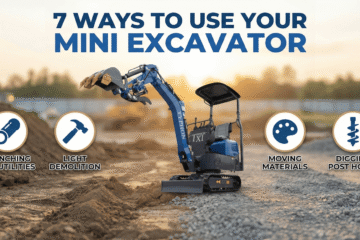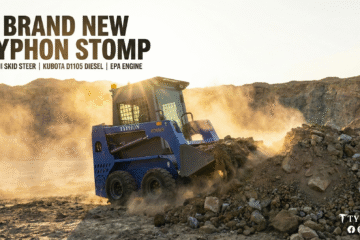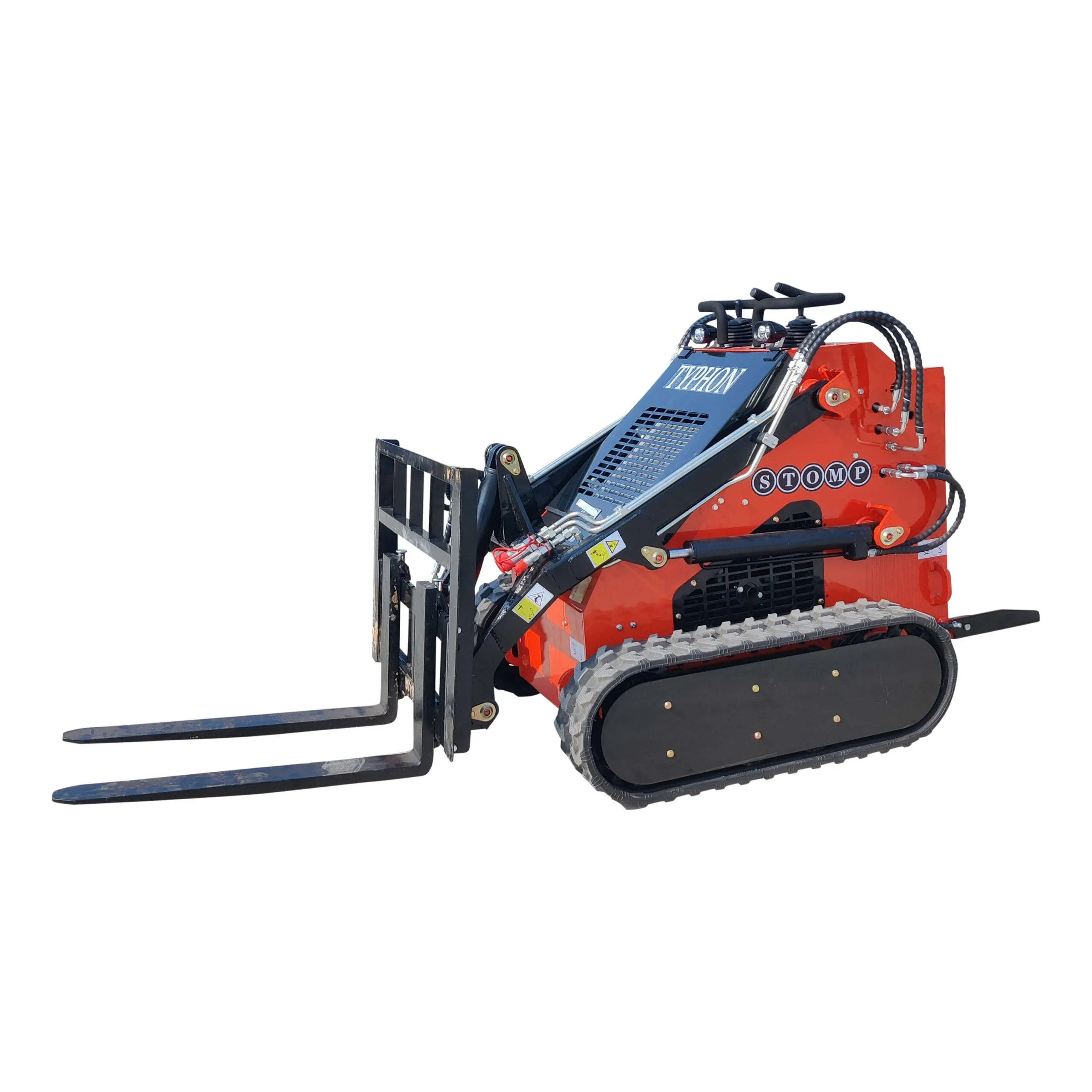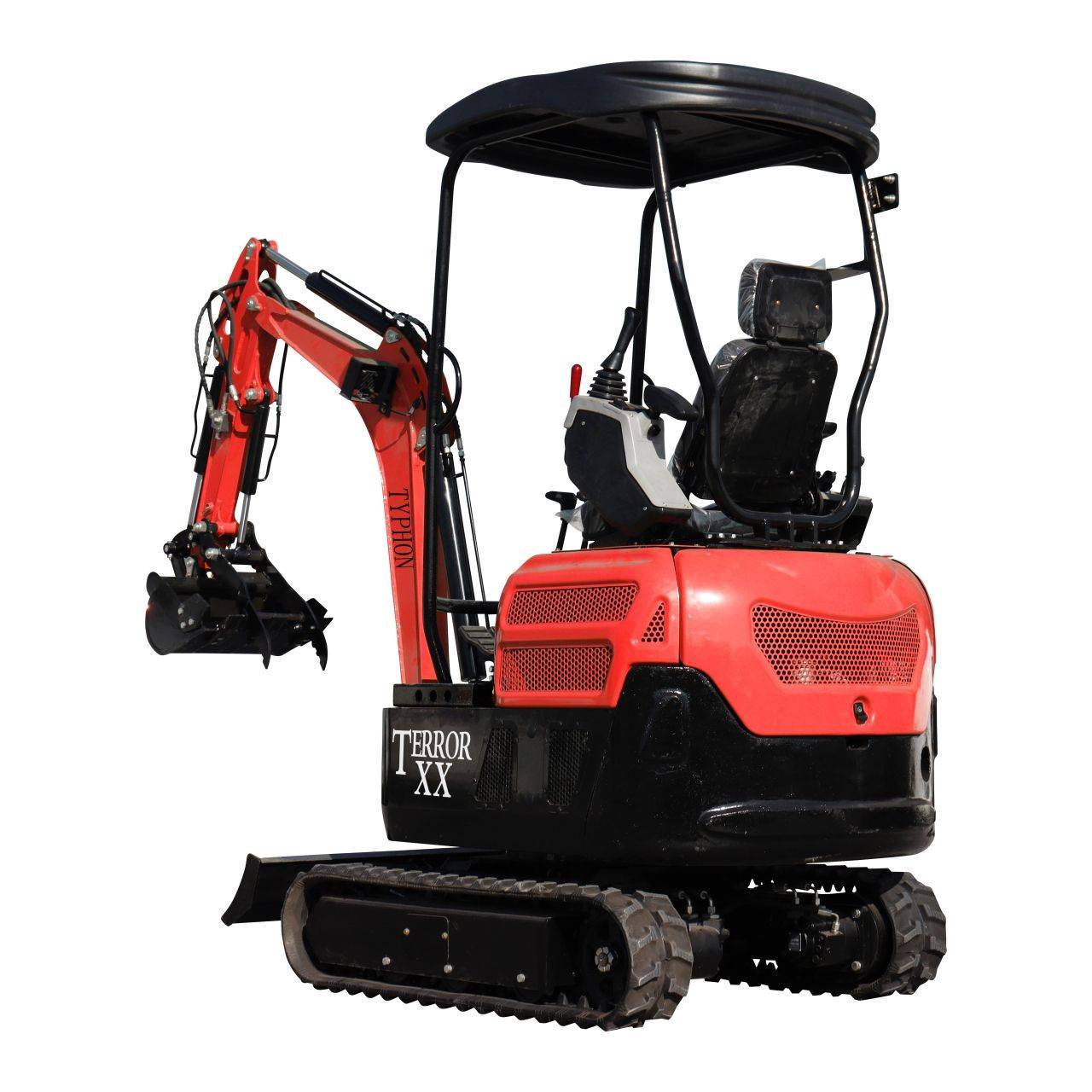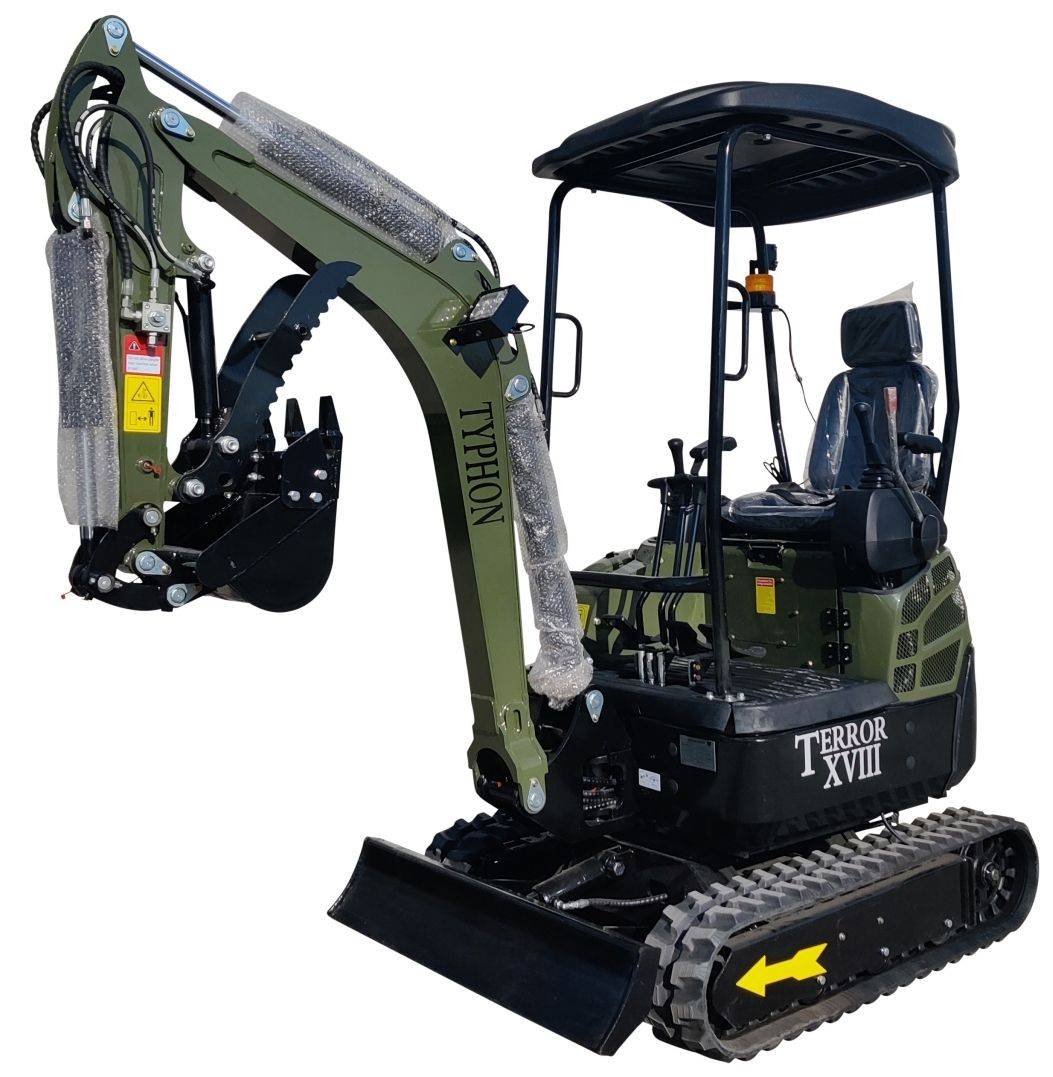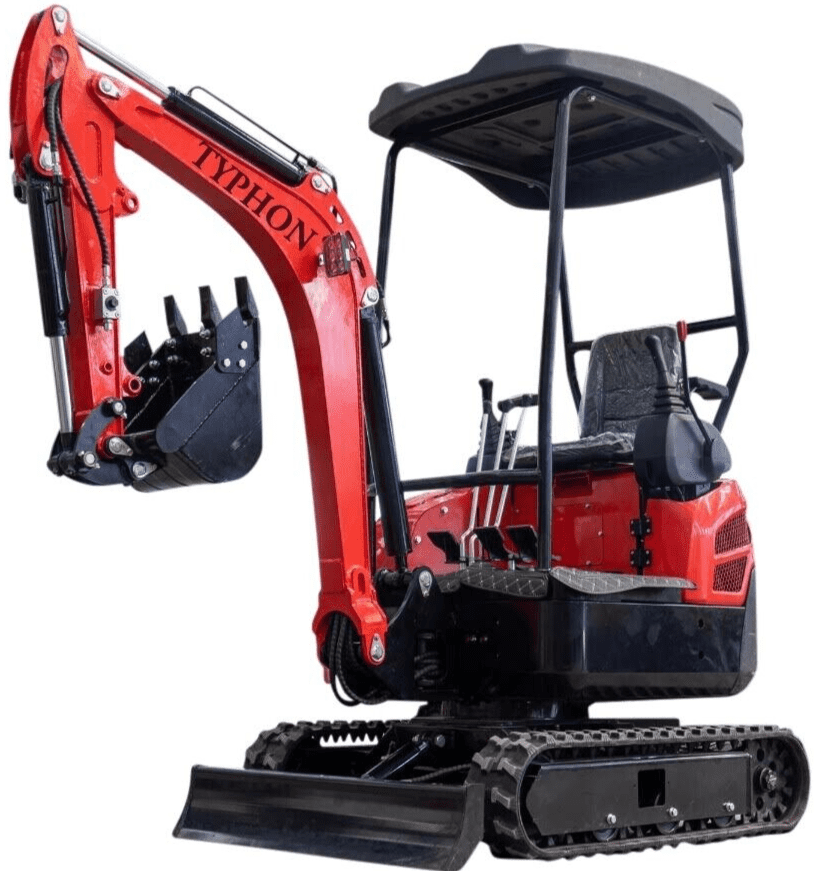
What Are the Different Types of compactor rollers?
Compactor rollers play a crucial role in ensuring a smooth and durable surface. This is especially truer in construction and road building projects. These heavy machines are designed to compact soil, asphalt, and other materials, providing stability and strength to the underlying layers. However, with various types of compactor rollers available, it can be overwhelming to understand which one is best suited for your specific needs.
In this blog post, we will explore the different types of compactors.
Different Types of Compactor Rollers You Need to Know.
So, here we have listed different types of compactor rollers to know:
Smooth Drum Rollers
Smooth drum rollers are the most common type of compactor rollers. These rollers are characterized by a smooth steel drum that rotates as it moves over the surface. Additionally, smooth drum rollers are also versatile and suitable for a wide range of compaction tasks. So, these applications usually include soil compaction, asphalt compaction, and road construction.
Padfoot Rollers
Padfoot rollers are designed specifically for compacting cohesive soils such as clay or silt. Unlike smooth drum rollers, padfoot rollers have pads covering their drums. These feet also create a kneading or pushing action to break up the soil and increase compaction efficiency.
Padfoot rollers come with different pad configurations, including rectangular, square, or wedge-shaped pads. The choice of pad configuration depends on the soil type and the desired compaction result.
Combination Rollers
Combination rollers is another one of the popular types of compactor rollers that combine the features of different compactor rollers into a single machine. These versatile rollers can also be used for a variety of compaction tasks, adapting to different materials and surface conditions.
- Combination rollers feature interchangeable drum or tire modules.
- It also allows operators to switch between smooth drums, padfoot drums, or rubber tires, depending on the compaction requirements.
- Additionally, combination rollers enhance efficiency and reduce downtime associated with equipment changes.
Pneumatic Rollers
Pneumatic rollers are unique compactor rollers that use rubber tires instead of steel drums. These rollers are highly effective for achieving uniform compaction on asphalt surfaces. While, the rubber tires provide even pressure distribution and minimize the risk of surface damage.
*Important Point*
Pneumatic rollers have a range of tire configurations, including smooth tires or tires with lugs or grooves. The choice of tire configuration depends on the specific compaction requirements and the type of asphalt mix you are using.
Vibratory Rollers
Here we have another one of the most popular types of compactor rollers in our list. Vibratory rollers are compactor rollers featuring vibrating drums or plates. These rollers provide additional compaction force by vibrating at high frequencies, improving the density and stability of the compacted material.
Vibratory rollers feature a vibrating drum or plate that applies dynamic compaction forces to the material you need to compact. The vibrations help break up air voids and increase compaction density.
Final Thoughts
Compactor rollers are essential machines for achieving optimal compaction in construction and road-building projects. Different types of compactor rollers are available for different applications. Understanding the differences between these types of compactor rollers will help you choose the right machine for your specific project.

